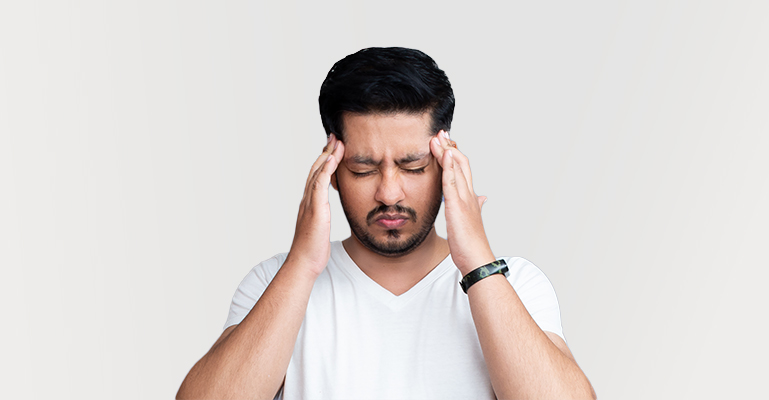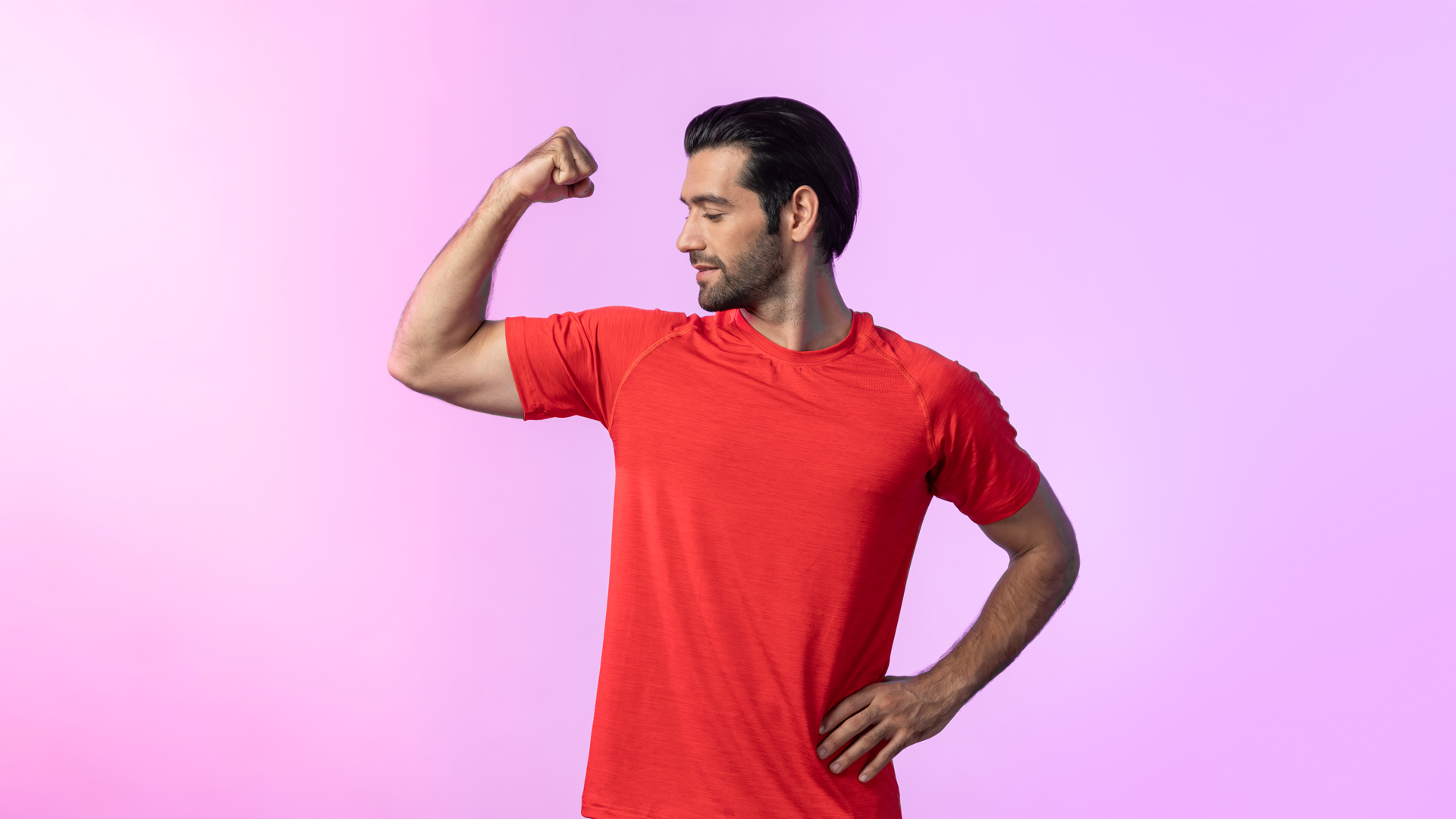



Headaches are common, but migraines and chronic headaches can be life-disrupting. If you suffer from recurring pain, sensitivity to light, nausea, or throbbing sensations, you know how difficult it is to focus on work or enjoy daily life. While modern medicines often focus on temporary relief, Ayurveda looks at the root cause of the problem. Through diet, lifestyle, herbs, and therapies, Ayurveda migraine treatment offers a natural, holistic way to reduce both frequency and intensity of attacks.
In this blog, we’ll explore how Ayurveda explains migraines, the role of doshas, daily routines, diet, Ayurvedic therapies, and Ayurvedic herbs for migraine that can help you manage chronic headaches.
Understanding Migraine and Headaches in Ayurveda
In Ayurveda, headaches are not seen as random events. They are usually classified under conditions like Ardhavabhedaka or Shirashoola, which arise due to imbalance in the three doshas — Vata, Pitta, and Kapha.
Alongside doshas, Ayurveda points to Ama (toxin build-up) and weak digestion (Agni) as major causes. Triggers such as irregular eating habits, skipping sleep, exposure to strong light, overthinking, and excessive screen time worsen the condition.
Identifying Your Headache Type
Before beginning treatment, Ayurveda recommends identifying your headache pattern:
Many people experience a combination. Knowing the type helps in choosing the right Ayurvedic headache remedies.
Daily Routine to Prevent and Manage Headaches
A major strength of Ayurveda is its emphasis on Dinacharya (daily routine). Simple practices reduce stress, balance doshas, and prevent headache triggers.
Morning Practices
Diet and Meals
Daytime Care
Evening and Bedtime
By sticking to this lifestyle consistently, migraine attacks often become less frequent.
Ayurvedic Therapies for Migraine and Chronic Headache
When migraines are frequent or severe, Ayurveda recommends deeper therapies performed under expert supervision.
External Therapies
Ayurvedic Herbs for Migraine Relief
Herbs are a cornerstone of Ayurveda migraine treatment. Instead of suppressing symptoms, they balance doshas and strengthen the nervous system. Some commonly used Ayurvedic herbs for migraine include:
What to Do During a Migraine Attack
If a migraine strikes, quick relief is important. Some measures can help you:
Long-Term Prevention with Ayurveda
Migraines are often chronic, so prevention matters more than cure. Ayurveda advises:
By adopting a preventive approach, Ayurveda helps reduce dependency on painkillers and brings long-term balance.
Safety and When to See a doctor
While Ayurveda is safe when practiced correctly, it’s important to know your limits. Seek immediate medical attention if you experience:
Also, remember:
Conclusion
Migraines and chronic headaches are not just physical pains but signs of deeper imbalance in the body. Instead of short-term relief, Ayurveda focuses on correcting lifestyle, diet, and dosha imbalance. From simple daily routines to therapies like Shirodhara and Ayurvedic herbs for migraine, this natural system provides both prevention and relief.
If you’re struggling with frequent headaches, start by making small changes to a consistent routine, warm herbal teas, regular sleep and seek expert advice when needed. Over time, these practices not only reduce headaches but also improve your overall well-being.
Ayurveda migraine treatment is about balance, patience, and consistency. With the right approach, freedom from chronic pain is possible.




